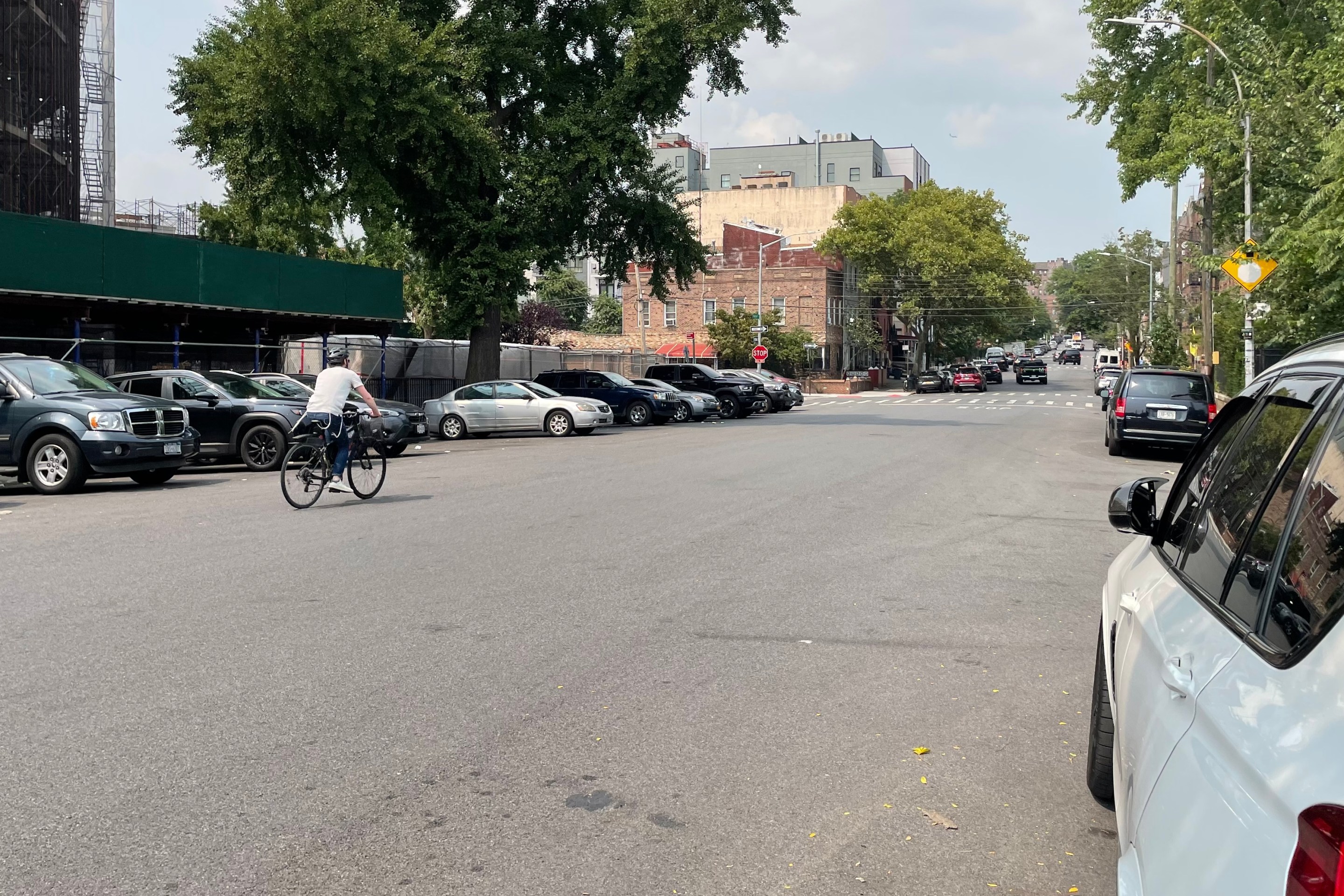The City Council has concluded it cannot require NYPD to fully investigate traffic crashes, despite indications that current department protocols may violate state law.

In March, Council Member Steve Levin sent a letter to NYPD Commissioner Ray Kelly questioning the practice of assigning the Accident Investigation Squad only in instances where someone is killed or is believed likely to die. Currently, crashes that result in injuries that are not considered fatal are handled by precinct cops who are not trained to conduct full-scale investigations. According to testimony presented at the February council hearing on NYPD traffic enforcement, held three months ago today, that policy is inconsistent with state traffic code.
Wrote Levin: "As [a full] investigation is only authorized to be carried out by AIS and as AIS limits itself to the investigations of those accidents in which one has either died or is deemed likely to die instead of all accidents that result in serious injury, I do not see how the NYPD can reasonably claim to be in compliance with Article 22, Section 603-A of the New York Vehicle and Traffic Rules."
While requesting that Kelly initiate a change in the "likely to die" rule, Levin was also preparing legislation to amend the NYPD patrol handbook to conform to state law. However, according to a Levin spokesperson, "The bill will move forward as a resolution because it has been determined that the City Council does not have jurisdiction to amend the NYPD Patrolman’s handbook."
Delayed AIS deployment in cases where injuries were initially not thought to be life-threatening has severely compromised fatal crash investigations. When a doctor told officers that cyclist Stefanos Tsigrimanis wasn’t in mortal danger after he was hit by a driver in Brooklyn, AIS did not return to the scene for 46 days. Because NYPD did not know that Brooklyn pedestrian Clara Heyworth had died after she was struck by an unlicensed driver who was believed to be drunk, AIS was not dispatched until at least three days after the crash.
"Council Member Levin does hope that the NYPD is responsive to the resolution and recognizes the need to more vigorously investigate accidents involving pedestrians, cyclists and motorists," the spokesperson said.
Another nascent bill mandating that at least five officers per precinct be trained to conduct AIS-scale investigations will also take the form of a resolution, according to the spokesperson.
Other issues raised at the February hearing, both pertaining to public disclosure, will be addressed through legislation. One bill would require that the names and contact information of each precinct's traffic safety officer be posted online.
The second bill would amend Jessica Lappin's NYPD crash data law. Levin's office says the bill would require that all traffic crash reports include a "detailed list" of moving violations issued at the scene, and that reports must indicate whether AIS, the patrol supervisor, the precinct detective squad or the highway unit were summoned. Reports would also show whether a breath test from a calibrated machine was administered at the scene and, if so, the results of the test.
In addition, the council would change the way NYPD reports crash data. Under the amended law, reports would include data calculated citywide, as well as by borough and precinct. The amendment would require that data reports be posted on the NYPD web site in an open data format, rather than PDF files (it's possible this provision will be superseded by an upcoming vote on a separate bill). All monthly and annual reports would be posted on the NYPD web site for a period of five years.
At the hearing in February, NYPD attorney Susan Petito told Lappin that the department is concerned that data released on a spreadsheet could be manipulated “to make a point of some sort.”





